Following up my last post about university campuses adopting sustainable strategies for ultra-low temp freezers, this post highlights how research organizations are making significant strides toward carbon-neutrality by using Stirling Ultracold ULTs with natural refrigerants . . .
As we also announced in our June 2014 press release, New -80C High Efficiency Ultra-Low Freezer Uses 100% Natural Refrigerants, the 27.5 cu. ft. SU780UE upright freezer uses about 10 grams of helium in its Stirling engine and about 90 grams of ethane in the thermosiphon. The freezer is UL listed for safe hydrocarbon refrigerant use and the EPA’s Significant New Alternatives Policy Program (SNAP) has allowed Stirling Ultracold to sell freezers containing ethane in the U.S.
Although no other ULT freezer for sale in the United States offers 100% natural refrigerants in its cooling system, these refrigerants have been used as a replacement to HCFC’s and HFC’s outside the U.S. for many years. In contrast, a typical ultra-low freezer using HFC refrigerants in its cooling system has a net effect that is up to 17,000 times more damaging to the ozone layer than the natural refrigerants used in the Model SU780UE cooling system. Most surprising is the superior performance that natural refrigerants can also bring to ULT storage when properly applied.

The adoption of Stirling freezers is becoming a part of corporate and institutional sustainability programs that are targeting conversion to hydrocarbon-based, natural refrigerants systems used in U.S. research facilities. You can see an example of this on the ATMOsphere website, which features a presentation, entitled “Campus Conversion to Climate Friendly Refrigerants”.
Combining usage of natural refrigerants and the Stirling engine, which uses less than half the energy of cascade-compressors, the overall carbon footprint of a Stirling Ultracold SU780UE upright freezer is less than half that of any competing product. Research organizations are discovering the sizable sustainability gains that are possible, simply by replacing multiple ULT freezers running 24/7/365 in their laboratory facilities.
We’re pleased to see the progress that these research organizations are making toward sustainability and the use of natural refrigerants . . . and we’re very happy that our freezers have become a part of it!








